Isomalt - Information & Worth Knowing
The sweetener Isomalt is popular because it is low in calories, suitable for diabetics and tooth-friendly. Here you can find out how it is obtained and in which foods it is used. Isomalt Q&A explains what it is exactly as well as the advantages & disadvantages of Isomalt.
What is Isomalt?
Isomalt or Isomaltol (E 953) is extracted from the sugar beet. Isomalt is a sugar alcohol and to obtain it, sugar is split into glucose and fructose and then converted into Isomalt by hydrogenation.
Like maltitol and mannitol, the additive Isomalt belongs to the sugar alcohols. In the past, Isomalt was listed as a separate group among sweeteners under the name sugar substitute. Today, sugar alcohols belong directly to the sweeteners.
The white crystalline substance has about 2.4 kilocalories per gram. Like other sugar alcohols, Isomalt (E 953) has a lower energy content than sugar. Isomalt is only half as sweet as sugar and tastes like sugar.
Since microorganisms can only break down Isomalt to a small extent in the mouth, Isomalt is considered tooth-friendly in contrast to classic household sugar. Since no acids are formed, they do not damage the tooth enamel.


Sweetener and sugar substitute what is the difference?
In foods, sweeteners and sugar substitutes can replace sugar. Aspartame, acesulfame-K, cyclamate, neohesperidin, saccharin and thaumatin are artificial sweeteners. They contain no calories, no volume and taste much sweeter than sugar.
The sugar substitutes erythritol, Isomalt, lactitol, sorbitol, maltitol, mannitol and xylitol are obtained by fermentation and belong to the carbohydrates. However, sugar substitutes contain significantly fewer calories than sugar. Unlike sweeteners, sugar substitutes also provide volume, which is an advantage especially in baking.
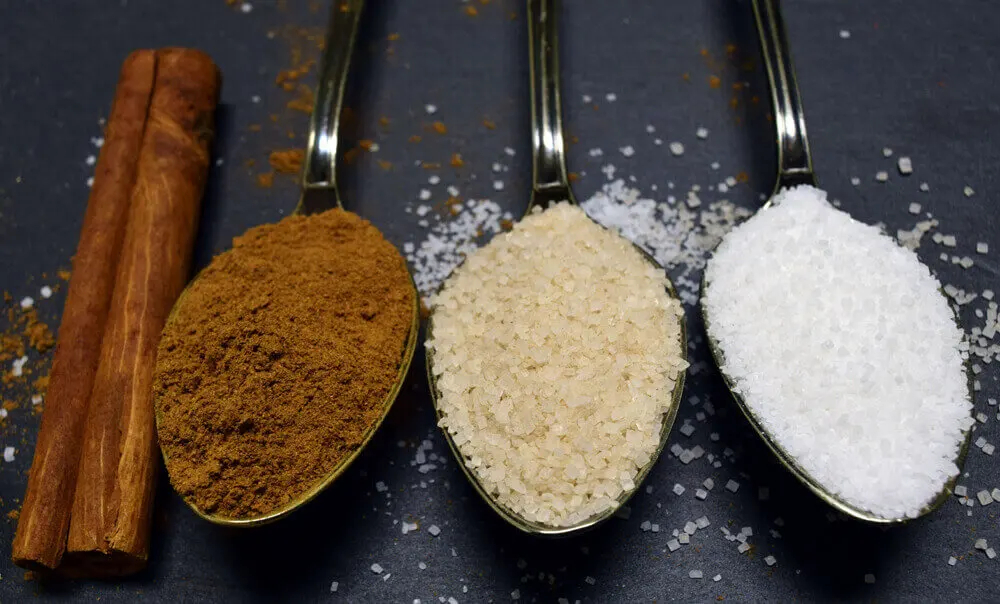
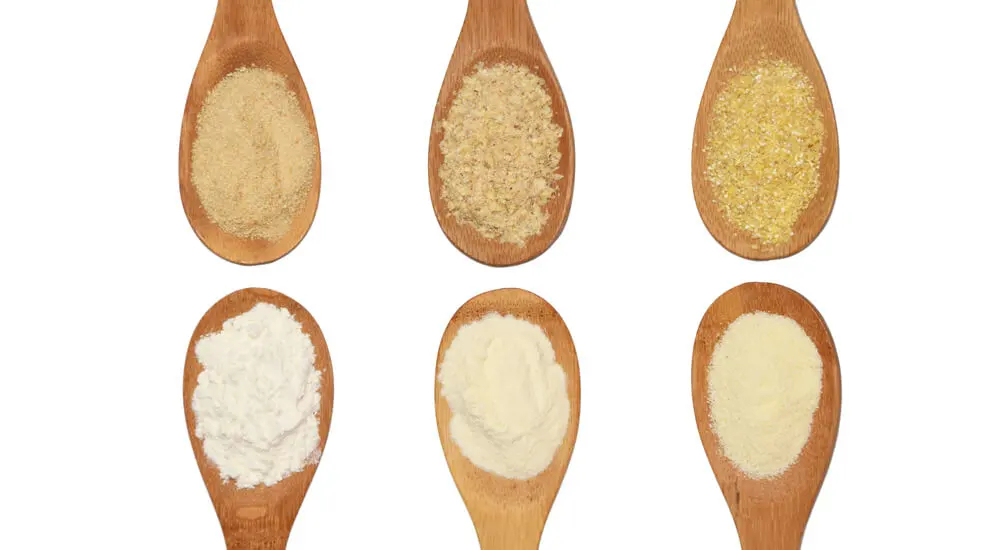
What are sugar substitutes?
You don't have to give up conventional sugary sweets or foods, because sugar substitutes give you the option of having sweets anyway.
Sugar substitutes belong to the group of sugar alcohols, also called polyols, and replace sugar. These sugar alcohols enter the metabolism independently of insulin, so there is only a slight increase in blood sugar levels. In the past, they were often used in foods for diabetics.
Unlike sweeteners, they contain no energy and, unlike household sugar (sucrose), they cause practically no tooth decay.
Sugar alcohols have absolutely nothing to do with our drinkable alcohol (ethanol). The scientific name polyhydric alcohols refers to nothing other than the sugar substitutes (polyols) used in sweets that are sugar-free.
All sugar substitutes are obtained from natural products. The natural sugar components are isolated during further processing and then enriched with natural enzymes or hydrogen. Sugar substitutes are often confused with sweeteners, but this is not the case. Sugar substitutes are not sweeteners.
Since sugar substitutes have significantly fewer calories than sugar (erythritol is completely calorie-free), they are also interesting for diabetics.
Unlike other additives, sugar substitutes are considered harmless to health. It should be noted that in extreme cases, excessive consumption can cause a laxative effect. However, this can only occur with a very high intake.
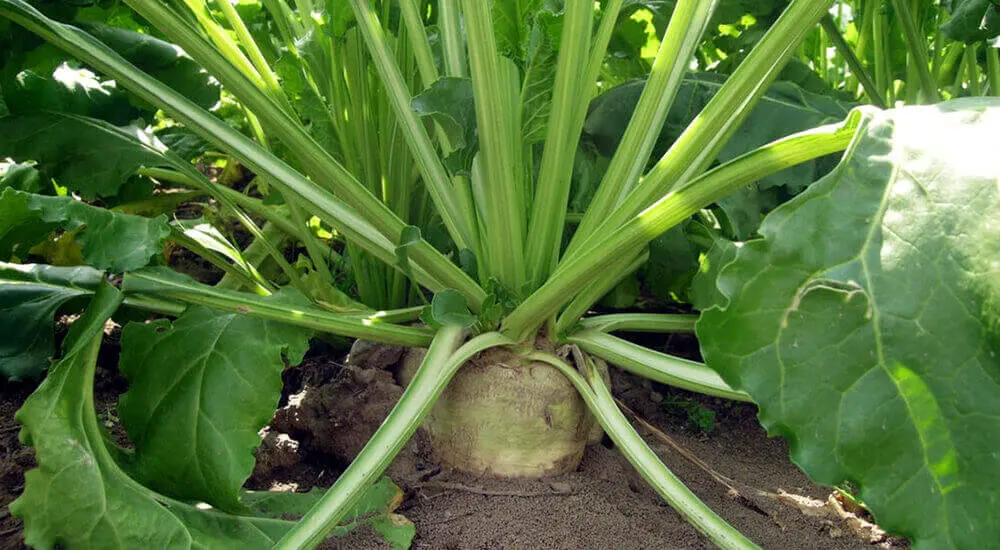
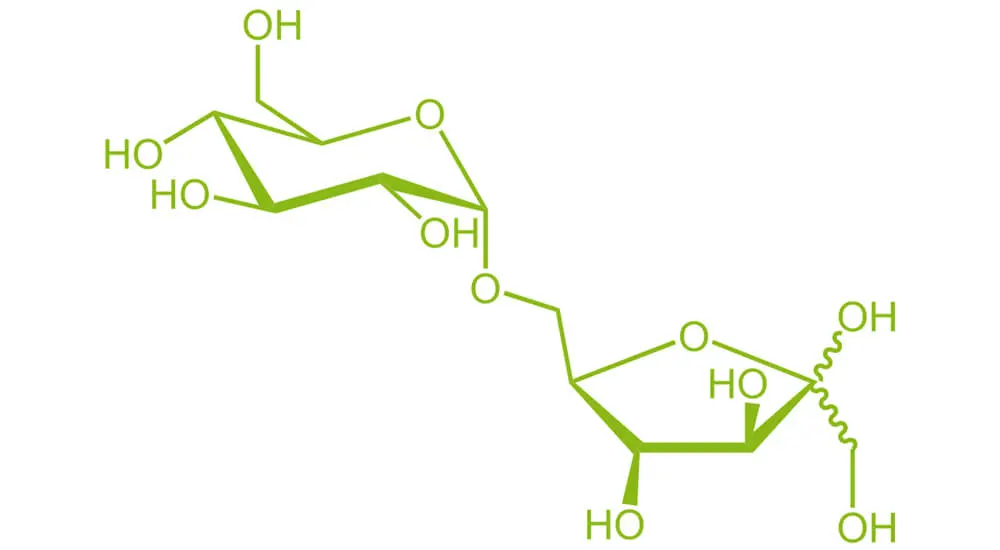
How is Isomalt produced and what does it consist of?
Isomalt is made from sugar beet, sucrose. Isomaltulose is first obtained from the beet sugar through bacterial fermentation. By hydrolysis (cleavage with the addition of water), Isomaltitol (6-O-α-D-glucopyranosyl-D-glucitol) and1-O-α-D-glucopyranosyl-D-mannitol (GPM) are each split to approx. 50%. Isomalt is the name given to the substance consisting of two sugar alcohols.
Interesting facts: Isomalt is particularly suitable for the production of sugar-reduced chewing gum, sweets and confectionery, as it is compatible with other sweeteners and is highly soluble in water.
How was Isomalt discovered?
While searching for a sugar substitute, food chemists at Südzucker AG discovered the sugar alcohol Isomalt by chance in 1957. They found a microorganism during the extraction of sugar with which Isomaltose could be produced. It was not until the end of the 1980s that production and worldwide marketing began.

What foods contain Isomalt and how is it used?
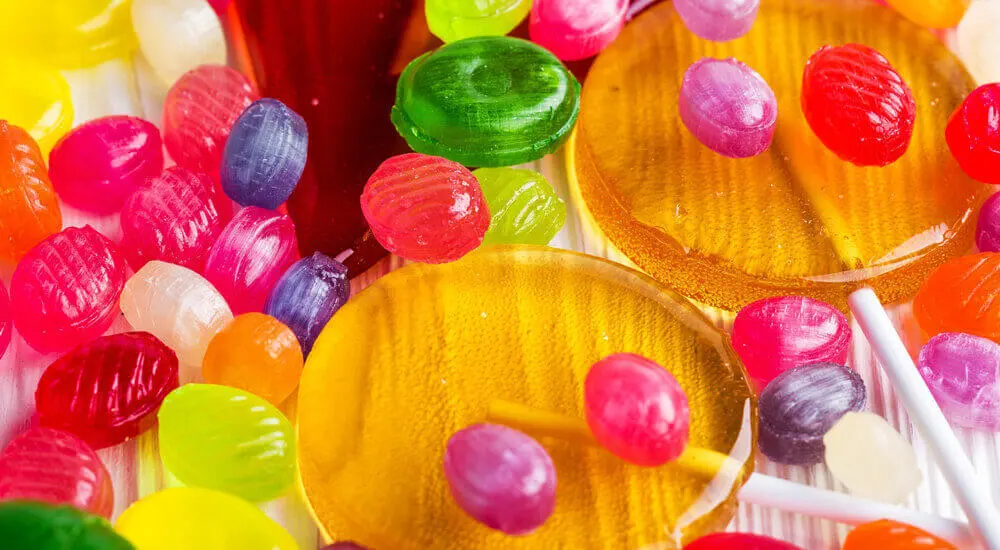
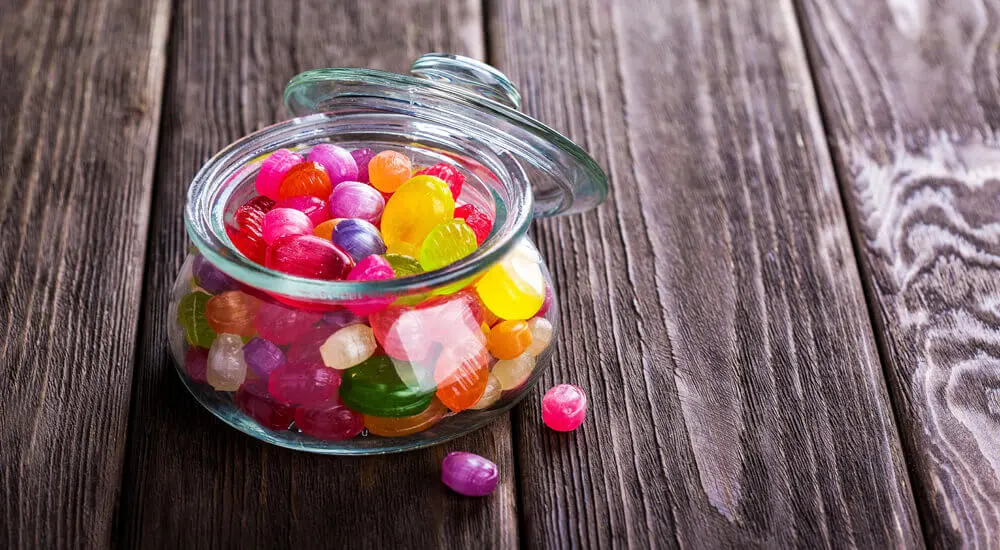
It is used as a sugar substitute in foods where it replaces sugar. It tastes like sugar but has only half the sweetening power. Isomalt is used as a sugar substitute in sugar-free and energy-reduced sweets and foods by the food industry.
What can you do with Isomalt?
Isomalt is used in various sugar-free or sugar-reduced foods.
Isomalt is found in the following products:
- baked goods, desserts and ice cream
- sugar-free sweets, chewing gum, chocolate, wine gum
- Jams and marmalades
- Mustard and sauces
In contrast to other sweeteners, Isomalt is suitable for calorie-reduced baking. It adds richness to baked goods and also serves as a binding agent. When preparing biscuits, cakes and pies, please note that Isomalt is not as sweet as sugar.


Did you know? Isomalt is the unknown sugar decoration miracle.
You can make the most beautiful sugar decorations with Isomalt. It is especially popular in pastry and patisserie. With Isomalt, fabulous sugar decorations can be made on wedding cakes, cup-cakes, muffins and showpieces.
Because the sugar substitute is less susceptible to moisture and does not crystallise as quickly as sugar, sweet sugar decorations and artwork last longer. It is ideal for all small sugar artworks, whether poured, pulled or blown. When heated, Isomalt is absolutely colourless and can be beautifully accentuated with food colouring.
How much Isomalt can be consumed daily?
The safety of Isomalt has been evaluated by the Joint Expert Committee on Food Additives (JECFA) of the World Health Organization (WHO). Isomalt is approved without any quantitative restrictions and does not have an ADI (there is no maximum daily intake) as is the case with other sweeteners. The sugar alcohol Isomalt was thus placed in the safest category for food ingredients.
The EFSA has classified its use as harmless to health. If the concentration of sugar substitutes is above 10%, this must be declared on all foodstuffs with a note saying "May have a laxative effect if consumed in excess". Isomalt has been evaluated and approved by regulatory authorities in over 70 countries, including the US Food and Drug Administration (FDA).
Is Isomalt suitable for diabetics?
Isomalt causes a delayed and small increase in blood sugar and insulin levels, which is beneficial for people with diabetes. The sugar alcohol is therefore used in the production of many diabetic foods.
Isomalt as a tooth-friendly sugar substitute
Isomalt is clearly better for the teeth compared to normal sugar. The use of sugar substitutes such as Isomalt helps to prevent the development of caries. They give the food the sweetness desired by the consumer and can only be utilised very slowly by the microorganisms in the mouth. Due to its stability, Isomalt is not metabolised by the microorganisms in the mouth because it forms very little acid. Thus, Isomalt has only a very low potential to trigger caries and is therefore considered tooth-friendly.
Isomalt has many advantages: It has a low glycaemic index is tooth-friendly, and unlike sugar, it has only half as many calories.
The designation "sugar-free" on foods does not mean that they are also calorie-free. Therefore, pay attention to the list of ingredients. Erythritol is a calorie-free sugar alternative made from dextrose by fermentation. Like Isomalt, it has little effect on blood sugar and insulin levels.
You can download information about Isomalt here: Isomalt made from sugar, like sugar, without sugar


 German
German Dutch
Dutch French
French Italian
Italian Portuguese
Portuguese Spanish
Spanish
